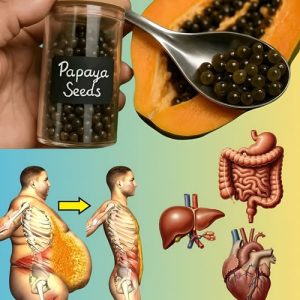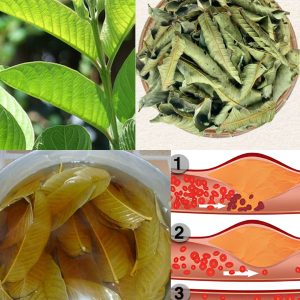
Iron is an essential mineral that plays a critical role in overall health. It is necessary for the production of hemoglobin, which helps carry oxygen through the blood, supports metabolism, strengthens the immune system, and contributes to healthy brain development.
When people think of iron-rich foods, beef is usually the first that comes to mind. However, several plant-based foods also provide significant amounts of iron — one of the most impressive being the edible hibiscus (known in Vietnamese as rau đay).
Edible Hibiscus vs. Beef: A Nutrient Comparison
According to data from the United States Department of Agriculture (USDA), 100 grams of cooked edible hibiscus contains approximately 3.14 mg of iron, whereas 100 grams of beef contains only 2.6 mg. This means that edible hibiscus actually provides more iron per serving than beef.
This leafy vegetable is easy to find in local markets across Vietnam and is commonly used in traditional dishes such as crab soup with hibiscus, hibiscus with gourd, or hibiscus with shrimp. Beyond its impressive iron content, edible hibiscus is packed with a wide range of nutrients that offer remarkable health benefits.
Health Benefits of Edible Hibiscus

1. Natural Cooling and Detoxifying Properties
In traditional Chinese medicine, edible hibiscus is often referred to as “the medicine of the poor.” It is described as having a slightly bitter taste and a cooling nature that helps clear heat, reduce internal inflammation, detoxify the body, and relieve swelling. It has traditionally been used to treat heatstroke, sun-induced fever, dysentery, and skin conditions such as ulcers or boils when applied externally.
2. Anti-Inflammatory and Antibacterial Effects
Dr. Lam Ngoc Khiet, Vice Director of the Department of Traditional Medicine at Sun Yat-sen Memorial Hospital, Sun Yat-sen University (China), notes that edible hibiscus contains numerous antioxidants that help reduce inflammation, combat bacteria, and strengthen the body’s defense against infections and viruses.
3. Promotes Digestive Health
The natural mucilage found in edible hibiscus stimulates intestinal movement, softens stools, and supports regular bowel activity. This makes it an effective, natural way to prevent constipation and maintain a healthy digestive system.
4. Supports Heart and Blood Vessel Health
Edible hibiscus contains soluble fiber and copper — two nutrients that contribute to cardiovascular wellness. Soluble fiber helps lower levels of “bad” LDL cholesterol while raising “good” HDL cholesterol. This balance aids in preventing high blood fat levels and reducing the risk of atherosclerosis.
5. Boosts Brain Function

According to the U.S. health website Healthline, edible hibiscus provides omega-3 fatty acids that help nourish the brain, improve cognitive function, and enhance memory. Regular consumption may support long-term brain health.
6. Strengthens Bones and Joints
Rich in calcium, vitamin D, and vitamin K, edible hibiscus helps maintain bone density, supports bone formation, and reduces the risk of osteoporosis and other joint-related conditions.
7. Strengthens the Immune System and Skin Health
The combination of vitamins A and C in edible hibiscus provides strong antioxidant protection. These nutrients support the body’s production of immune cells, help wounds heal faster, and contribute to healthy, glowing skin.
Conclusion
Edible hibiscus is much more than a common leafy vegetable — it’s a nutrient-rich, medicinal plant with a wide range of health benefits. From boosting iron levels and supporting digestion to protecting the heart and enhancing brain function, this humble ingredient proves that everyday foods can have extraordinary health potential.
Incorporating edible hibiscus into your diet is a simple, natural, and delicious way to promote better health from the inside out.




